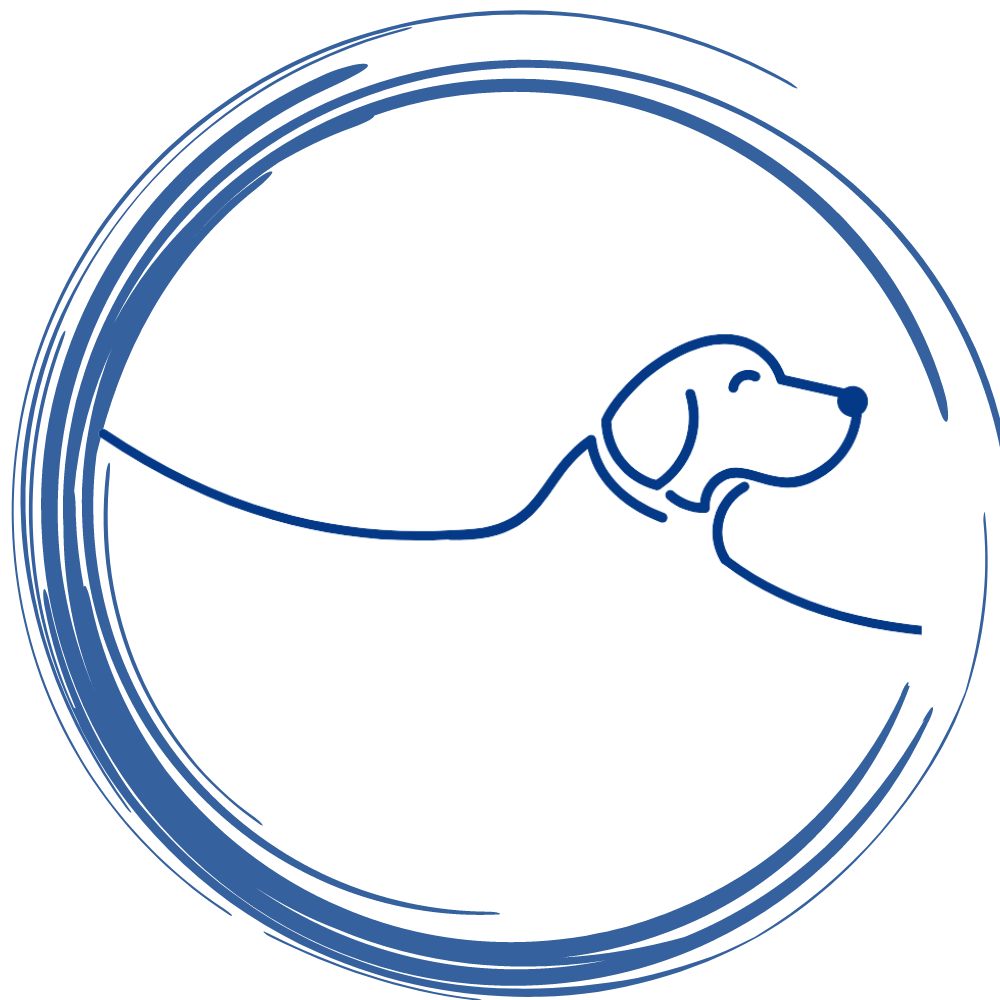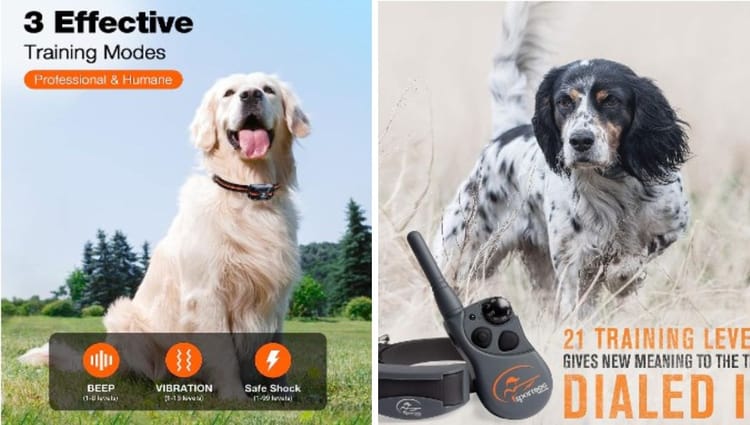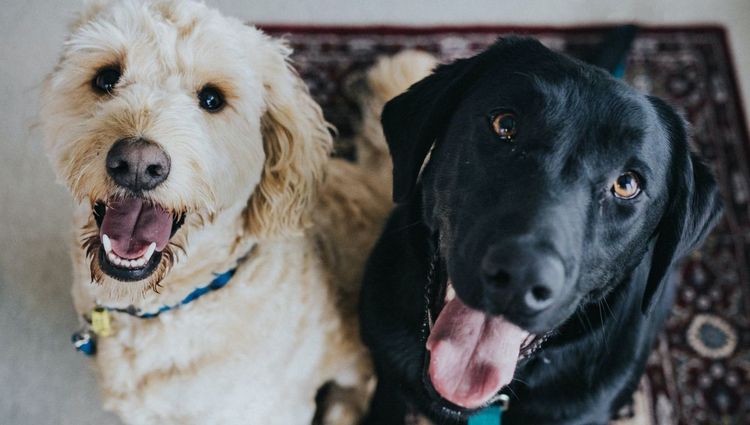Best Dog Training Equipment: Your Ultimate Guide

Training your furry friend can be a rewarding experience, but having the right equipment can make all the difference. Whether you're a seasoned dog trainer or a first-time pet owner, understanding the best dog training equipment is essential for a well-behaved and happy pooch.
Key Takeaways
- Discover the most effective dog training tools to enhance your training sessions.
- Learn how to use different types of equipment for various training purposes.
- Find out where to purchase high-quality dog training gear for your canine companion.
Harnessing Control: The Dog Training Harness
When it comes to training your dog, a harness is an invaluable tool. Unlike traditional collars, harnesses provide better control and can help prevent neck injuries, especially in dogs that tend to pull. A well-fitted harness distributes pressure evenly across the chest and back, making it easier to manage your dog during walks and training sessions.
Harnesses come in various styles, including no-pull versions that gently discourage pulling by redirecting your dog's movement. This can be particularly useful for teaching your dog to walk calmly by your side. Remember to measure your dog accurately to ensure a snug and comfortable fit.
Clicking Towards Success: Clicker Training
Clicker training is a positive reinforcement method that uses a sound—a click—to mark the exact moment your dog performs the desired behaviour. This clear form of communication helps your dog understand which actions are being rewarded. Clickers are inexpensive, simple to use, and can be found at most pet stores or online.
The key to successful clicker training is timing and consistency. As soon as your dog does what you ask, click and follow with a treat. This creates a positive association with the behaviour, encouraging your dog to repeat it. With practice, your dog will respond to the clicker's sound even without the promise of a treat.
The Power of Treats: Training Treats and Pouches
High-value treats are a cornerstone of dog training, serving as a powerful motivator for your dog. These treats should be small, tasty, and easy to consume quickly. The goal is to reward your dog without causing distractions or delays in training. Many pet stores offer a wide variety of training treats designed for this purpose.
To keep treats handy, a treat pouch is a must-have. A good treat pouch will have a secure closure to prevent spills, be easy to open with one hand, and have enough space to hold a training session's worth of treats. Some pouches also feature additional compartments for other training essentials like clickers or poop bags.
A Leash Above: Choosing the Right Training Leash
The leash is one of the most basic yet crucial pieces of dog training equipment. For training purposes, a standard 6-foot leash offers enough length to allow some freedom while still providing control. Materials like nylon, leather, or rope can affect the leash's durability and comfort, so choose one that suits your training environment and your dog's strength and size.
Retractable leashes are not recommended for training, as they can encourage pulling and make it difficult to maintain consistent boundaries. Instead, opt for a sturdy, fixed-length leash that will help you teach your dog proper leash manners.
Barrier of Learning: Training Gates and Pens
Training gates and pens are essential for creating a safe and controlled environment for your dog. These barriers can be used to confine your dog to a specific area, preventing them from practicing undesirable behaviours while unsupervised. They're also useful for gradually introducing your dog to larger areas of your home as they become more trustworthy.
Look for gates and pens that are sturdy, easy to install, and adjustable to fit various doorways or room sizes. Some models are designed to be portable, allowing you to create a training space wherever you go.
The Art of Distraction: Interactive Toys and Puzzles
Interactive toys and puzzles are excellent for mental stimulation and can be used as part of your dog's training regimen. These toys encourage problem-solving and can keep your dog occupied, reducing the likelihood of boredom-related behaviors. They're also great for reinforcing commands like 'leave it' or 'wait' as your dog learns to navigate the toy for rewards.
Choose toys that are appropriate for your dog's size and chewing habits, and always supervise your dog during playtime to ensure their safety. Rotate the toys regularly to keep your dog's interest piqued.
The Comfort Zone: Training Beds and Mats
A designated training bed or mat can serve as a 'safe place' for your dog during training sessions. Teaching your dog to go to their bed or mat on command can be useful in various situations, such as when guests arrive or during meal times. It's also a great way to practice 'stay' and 'down' commands.
Select a bed or mat that is comfortable, easy to clean, and portable. This will allow you to use it in different training scenarios, both at home and on the go.
Sound Strategies: Whistles and Ultrasonic Trainers
Whistles and ultrasonic trainers can be effective for teaching recall and other distance commands. The sound of a whistle carries further than the human voice, making it ideal for training in large, open spaces. Ultrasonic trainers emit a sound that is inaudible to humans but can get your dog's attention without startling them.
When using these tools, consistency is key. Choose a specific whistle pattern or ultrasonic signal for each command, and practice regularly to reinforce the association between the sound and the desired behaviour.
Reflective Gear: Safety First
Safety should always be a priority during dog training, especially in low-light conditions or when training outdoors. Reflective gear such as vests, collars, and leashes can help keep your dog visible to you, other people, and vehicles. This is particularly important if your training takes you near roads or in areas with limited visibility.
Invest in high-quality reflective gear that fits your dog well and is made from durable materials. This will ensure that your dog remains safe and visible, no matter where your training adventures take you.
The Right Fit: Customizing Your Training Kit
Every dog is unique, and so are their training needs. As you become more experienced in training your dog, you'll learn which tools work best for you both. Don't be afraid to try different equipment and techniques to find the perfect fit. And remember, the most important tool in dog training is your patience and consistency.
Summary
Choosing the right dog training equipment is crucial for effective training and a happy, well-behaved dog. From harnesses to interactive toys, each piece of gear serves a specific purpose and can enhance your training experience. Remember to focus on positive reinforcement, be consistent with your commands, and always prioritize your dog's safety and comfort.
FAQ Section
Q: What is the most important piece of dog training equipment?
While all training equipment has its place, the most important piece is the one that best suits your specific training goals and your dog's needs. For many, a good quality leash and collar or harness are fundamental.
Q: Can I train my dog without any special equipment?
Yes, you can train your dog using everyday items and positive reinforcement techniques. However, specialized training equipment can make the process easier and more effective.
Q: How do I choose the right size harness or collar for my dog?
Measure your dog's neck and chest circumference and refer to the sizing chart provided by the manufacturer. Ensure that the harness or collar fits snugly but is not too tight, allowing for two fingers to fit between the equipment and your dog's body.


